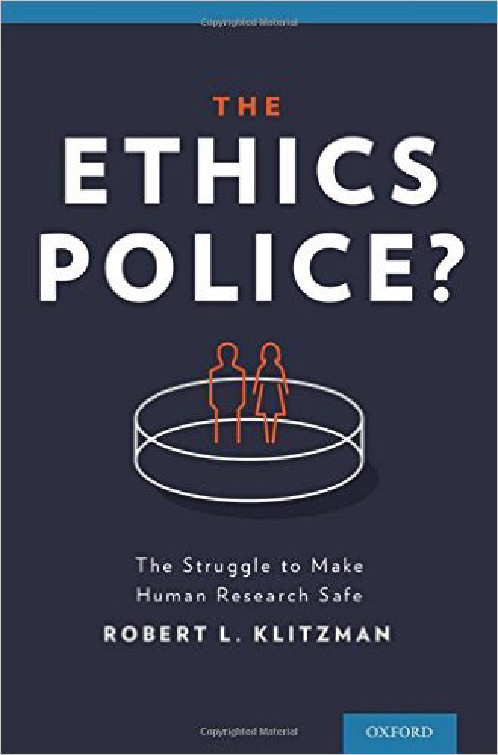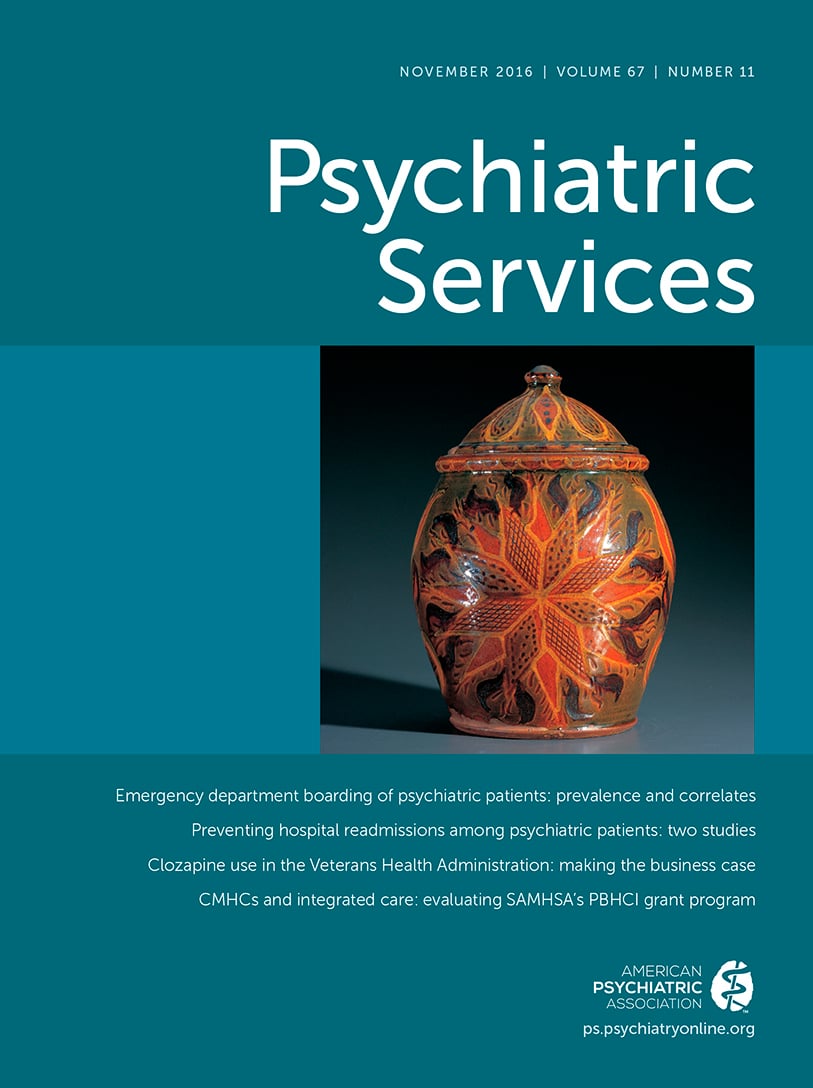Institutional review boards (IRBs), called research ethics committees outside the United States, present a dilemma. On one hand, almost everyone agrees that the Nazi research on concentration camp inmates, the abuse of poor rural African-American men in the Tuskegee syphilis experiment, and other notorious research abuses created a real need for oversight of the ethics of research. On the other hand, IRBs are regularly reviled in casual conversations among researchers and criticized in more restrained public discourse. A number of studies showing that different IRBs make quite different decisions about the same protocol have amplified that criticism. Yet there has been little systematic research on IRB decision making. This volume takes a major first step toward an understanding of how IRBs work. Although the core of the volume is based on a few focus groups and 46 interviews with chairs and administrators from 34 IRBs, the data are vivid, and Klitzman uses them to artfully to paint a sympathetic—but not uncritical—picture.
The Ethics Police? begins with a succinct discussion of the history of research ethics scandals and the legal and administrative efforts to control them. This is followed by a fairly long chapter about the training and experience of IRB members and administrators. Perhaps it is not surprising that motives for joining IRBs and the amount and quality of training are both quite variable.
Chapter 3 gets to the heart of IRB work, the weighing of risks and benefits of research. IRBs are mandated to ensure that the benefits of the research outweigh its risks. Here, as in other domains, Klitzman finds ambiguity and conflicting interpretations of ethics and regulations. Who should bear the risks and how much? To whom do the benefits go, and does it matter if they go to the same individuals who bear the risks? How does one prospectively assess the risks and benefits when this is often precisely what the research seeks to test? Dr. Klitzman’s respondents report that “it’s a fine line” and there are “conflicting interpretations” and that the specific regulations are “unclear.”
Chapter 4 takes up the equally difficult issue of whether and how to assess the quality of the research. Is it really the IRB’s job to review the design of the research? IRBs do not always have the expertise to make such assessments. But if the research is fundamentally flawed, why should research participants be put through even minor risks?
Chapter 5 discusses the review of consent forms, which is a major focus of an IRB’s efforts. Ensuring that all the pertinent information is in the consent form allows the IRB to leave many decisions to the potential participants. However, many of Klitzman’s interviewees note that the consent forms are often too long, filled with boilerplate, and too hard for lay people to understand.
Other chapters discuss IRB relationships with regulators, industry, researchers, and the institutions in which they serve. Each of them is a carefully crafted discussion of the issues involved and reflects the richness of the interview material.
Although Klitzman’s description of the processes and problems of IRBs is clear and convincing, his suggestions for solving the problems are limited. He is correct that IRBs need more staff with better training and that researchers should collaborate more with IRBs rather than attacking them, but, as he suggests, these and other proposed changes do not address the inherent ambiguity and moral complexity of the decisions that are so clear in the data that he presents. IRBs remain a work in progress.


